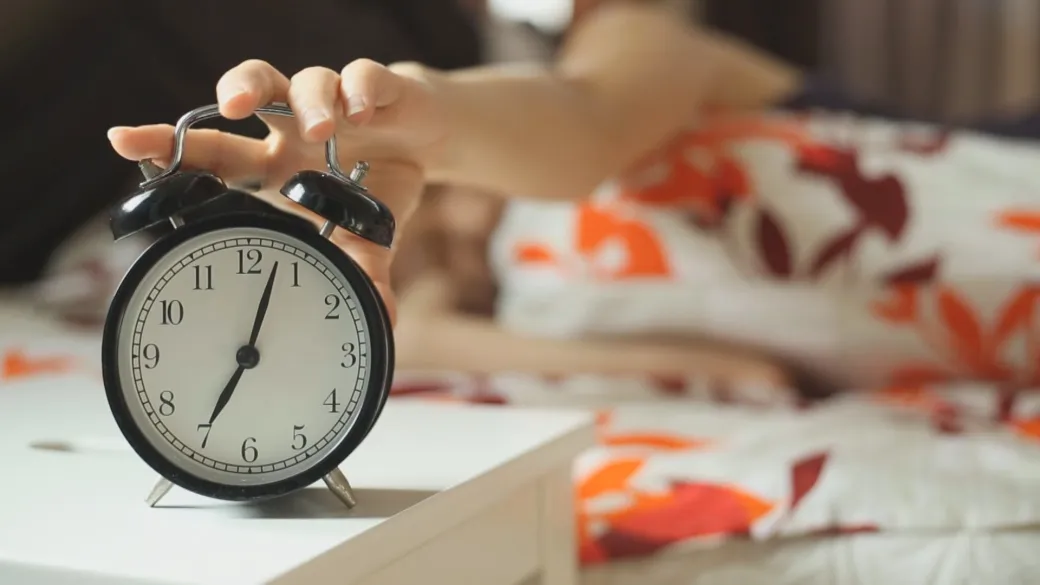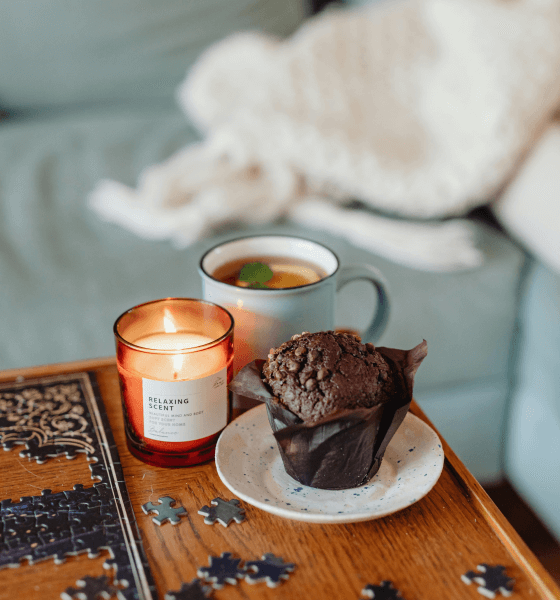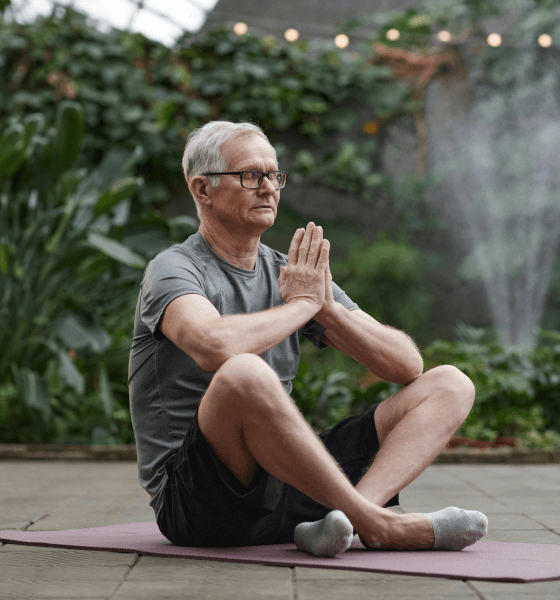

Sleep researchers in the U.K. are calling for the abolishment of daylight saving time due to the impact it has on the human body.

A statement published in the Journal of Sleep Research on Wednesday said evidence reviewed found the change in March that sees clocks jump forward an hour “can interfere negatively with sleep regulation.”
Prof. Malcolm von Schantz, one of the researchers from the British Sleep Society, said getting rid of the time change and keeping the U.K. at British standard time — when clocks fall back an hour — would add benefits.
“What is really important is avoiding switching to daylight saving time (DST) year-round because that could really have consequences both for physical health, but also for mental health. It would probably worsen the incidence of winter depression, for example,” he said.
He added that people would see an improvement in sleep and circadian rhythms — defined by the National Institutes of General Medical Sciences as the physical, mental and behavioural changes an organism experiences over a 24-hour period.
The push to end daylight saving time and change to a permanent time all year round is not new.
In fact, it’s been seen in multiple countries, including Canada, with the province of Quebec just announcing Tuesday that it would begin consultations on whether to end the time change.
Michael Antle, a psychology professor at the University of Calgary, told Global News the change of time was created in part to get more time in the evenings.
“The idea was one, to give us a little bit more leisure time in the evenings when we have really long days in the summers,” he said.
He said during wartime in the early 1900s it was also used to save energy. By shifting work schedules, employers wouldn’t have to turn on incandescent lights until workers were almost done their shifts.
That’s not needed anymore with various energy-saving lightbulbs, and with fewer needs around having an extra hour in the evening, Antle said more studies are showing the negative impacts.
“You’ve caused your body clock, your circadian clock, to get out of sync with the day-night cycle and your work schedule, and you’re forcing people to get up and go to bed, go to work and go to school an hour earlier than they’re used to.”
Some provinces and territories already have time standing still, with Saskatchewan keeping its clocks at central standard time year-round, while the Yukon changed to its own standard time in 2020.
Alberta held a referendum in 2021 on whether to make a change, though it was rejected. A Service Alberta spokesperson told Global News it would not revisit the issue at this time but would monitor impacts as other jurisdictions make their own decisions.
Manitoba said it too would monitor developments but evaluate the “best possible options.”
Others have passed legislation to make a change and make DST permanent, including British Columbia and Ontario, though they are relying on neighbouring jurisdictions including in the U.S. to make changes too before actually moving forward.

Roger Godbout, a clinical psychologist with the Sleep Laboratory at Riviere-des-Prairies Mental Health Hospital in Montreal, told Global News people lose close to an hour of sleep during daylight saving time. He said this is due to being exposed to light later in the day, creating a stimulant effect that can make it harder to fall asleep at night.
He said making the period when the clocks fall back permanent, giving us more light in the morning, would be more beneficial for health and sleep.
“It’s the morning light that is the most important for our equilibrium, mentally and physically,” Godbout said.
Studies have shown negative impacts from the yearly switch, including cardiovascular issues.
A 2019 report published in the Journal of Clinical Medicine analyzed seven studies that included more than 100,000 participants. It found that there was an increased risk of heart attack in the weeks following the spring and fall DST transitions.
A 2016 nationwide study in Finland — published in the Sleep Medicine journal — showed that stroke-related hospitalizations increased during the first two days after the switch.
The statement by U.K. researchers also said that as the majority of the country sits within the same time zone, it sees later sunrises and later sunsets year-round, further backing keeping the time at British standard time, with consultations needed with Ireland to avoid a time-zone border with Northern Ireland, which is part of the U.K.
Canada could prove more difficult due to its multiple time zones.
In the case of Ontario, for example, the province told Global News that making its change without Quebec or New York would be “disruptive for trade, stock markets and broadcasting.”
But Rebecca Robillard, co-chair of the Canadian Sleep Research Consortium, says provinces should just change to standard time rather than wait for economic or similar reasons.

“It’s really kind of a no-brainer in terms of what do we want to put forward first,” she said. “A little bit of administrative complications between certain provinces and discrepancies cross the country versus people who have made the change and voted and listened to what’s the public’s preferences and, most importantly, the scientific evidence that have elected to protect their health.”
She hopes that Quebec’s move may also set a precedent for other provinces to make their own moves instead of waiting.
Jason Ellis, a professor of sleep science at Northumbria University and colleague of von Schantz, said the time to act is now.
“We don’t have that much landmass in the U.K., so we’re really dealing with one change, so from my perspective, of course, rip the bandaid off,” he said.
— with files from Global News’ Saba Aziz and Uday Rana


